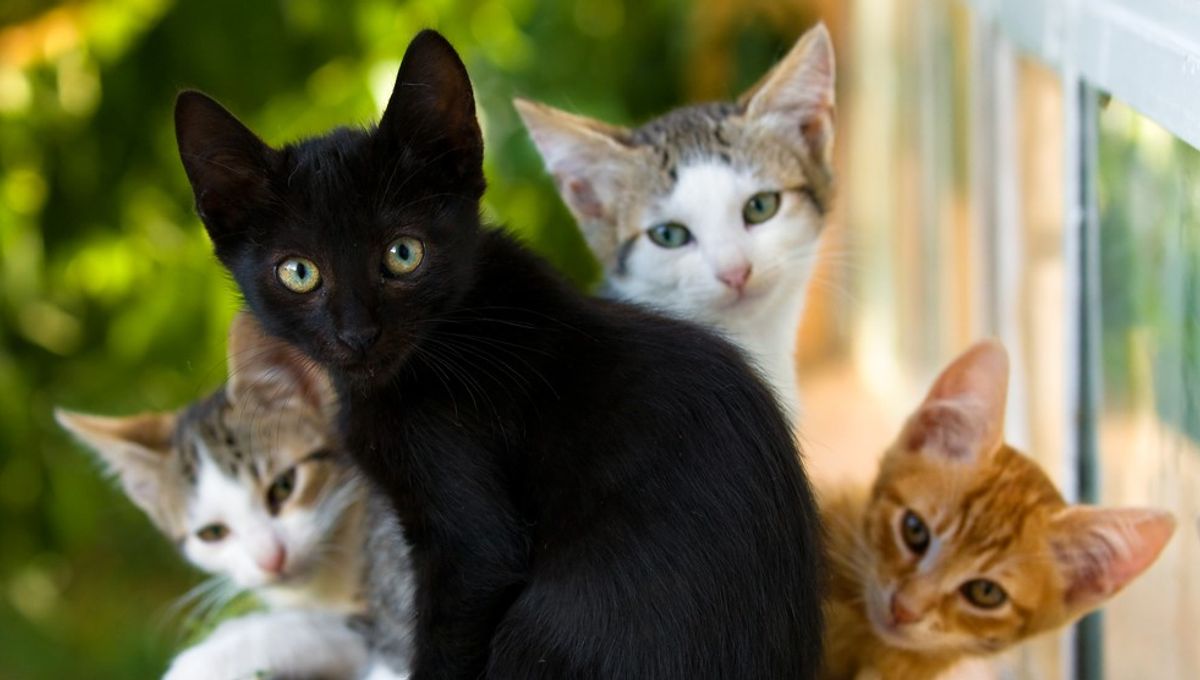
A genetic study of cats around the world has helped tell the story of how cats became domesticated by people living in ancient Mesopotamia around 10,000 years ago.
This was a very interesting time in human history, when populations first started shifting from a mobile hunter-gatherer lifestyle to settlements powered by stable agriculture. This revolutionary shift first occurred among humans settling in the Fertile Crescent, the areas of the Middle East surrounding the Tigris and Euphrates rivers, that provided the ideal circumstances for settled farming.
Likewise, it also proved to be a very useful time for humans to start living alongside cats. Farming allowed humans to gather a surplus of food – but this had a nasty tendency to attract mice and rats. In turn, the rodent-eating cats were attracted to the settlements, where they served as ancient pest control. Charmed by their aloof cuteness, humans decided to bring cats along for their many migrations across the planet.
In this new study, scientists at the University of Missouri looked to understand this story by analyzing 200 different genetic markers from cats in and around the Fertile Crescent area, as well as throughout Europe, Asia, and Africa.
This showed that cats were first domesticated in the Fertile Crescent, just as suspected, before migrating with humans all over the world. Wherever we went, our feline friends joined us.
The genetic study also showed that cats currently living in western Europe, for example, will have some significant genetic differences from cats living on the other side of the globe, for instance, in southeast Asia.
Saying cats are “domesticated” is a bit of a misnomer, however – any cat owner can tell you that this animal doesn’t listen to orders like a dog. Furthermore, cats have genetically diverged significantly less from their wildcat ancestors than dogs have from wolves. In this way, they are notably “wilder” than a dog.
“We can actually refer to cats as semi-domesticated, because if we turned them loose into the wild, they would likely still hunt vermin and be able to survive and mate on their own due to their natural behaviors,” study author and feline geneticist Leslie A. Lyons noted in a statement.
“Unlike dogs and other domesticated animals, we haven’t really changed the behaviors of cats that much during the domestication process, so cats once again prove to be a special animal,” she explained.
A number of previous studies have looked at the genetics of cats to see how they achieved world domination, reaching similar conclusions to this latest research. The researchers of the new study go further, however, and argue that their work on the genetics of cats could be used to protect cats from genetic diseases and hereditary conditions.
“Our efforts have helped stop the migration and passing-down of inherited genetic diseases around the world, and one example is polycystic kidney disease, as 38 percent of Persian cats had this disease when we first launched our genetic test for it back in 2004,” Lyons said. “Now that percentage has gone down significantly thanks to our efforts, and our overall goal is to eradicate genetic diseases from cats down the road.”
The new study was published in the Nature journal Heredity.
Source Link: Genetics Show Where And When Cats First Started Being Our Pets